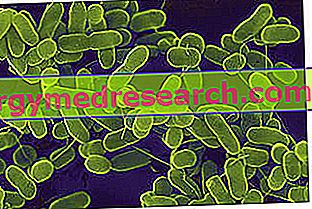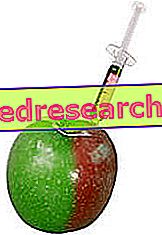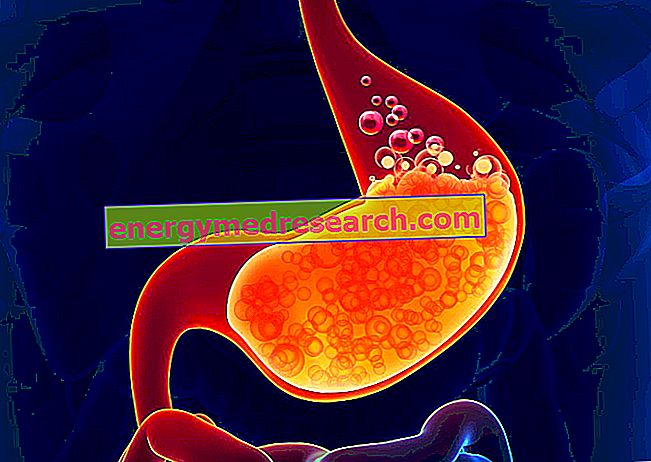Yersinia enterocolitica is a Gram-negative bacterium, mobile and ubiquitous, which causes enterocolitis in humans. It belongs to the genus Yersinia, the same as the aetiological agent of the plague ( Yersinia pestis ), fortunately disappeared from all over Europe.

Contagion
The transmission of yersiniosis occurs by ingestion of water or food contaminated by fecal material, raw or undercooked, while the infection is much rarer through direct contact with animals or infected subjects (for example through blood transfusions from infected donors). Characteristic of Yersinia Enterocolitica is its resistance to low temperatures (it is a psychrophilic or cryophilic species, able to grow even at 4 ° C), which allows its development inside refrigerated foods. On the other hand, heating food at 60 ° C for a few minutes kills the micro-organism, but not its toxins, which are heat-resistant.
Infections with Yersinia Enterocolitica cause the typical picture of gastroenteritis (watery diarrhea rich in mucus and pus, sometimes hemorrhagic, which can persist from one to three weeks, accompanied by fever and abdominal pain).
Symptoms and clinical forms
Symptoms typically occur after an incubation period of 4-7 days. However, the clinical manifestations of Yersinia enterocolitica infection in humans are very heterogeneous, ranging from paucisintomaticità to septicemic form.
While in animals the yersiniosis generally has an asymptomatic course, in humans Yersinia enterocolitica is the cause of a variety of clinical pictures, due to the ability of the microorganism to invade many body tissues, in particular the mesenteric lymph nodes, causing mesenteric adenitis and terminal ileitis, which can easily be confused with acute appendicitis. The consequent dissemination of germs through the lymphatic system is the reason for the cases, albeit rare, of septicemia and purulent infections affecting various organs (central nervous system, liver and lungs). Some cases of yersiniosis are complicated by non-suppurative but inflammatory extra-intestinal sequelae (especially reactive arthritis and erythema nodosum). However, the most frequent clinical picture remains acute diarrhea from enteritis or enterocolitis, accompanied by fever or low-grade fever, cramp-like abdominal pain, and sometimes nausea and vomiting.
Diagnosis, prevention and treatment
The diagnosis of yersiniosis is made by direct examination of the stool, considering that isolation by coproculture is made difficult by the slow growth of Yersinia enterocolitica, which is why the tests become positive only after 7-14 days. Alternatively, serological investigations are available for the detection of antibodies directed against Yersinia enterocolitica, which appear early and disappear within 2-6 months.
The prevention of yersiniosis is dictated by common sense, and foresees to avoid the consumption of meat, in particular of pork, raw or undercooked, to consume only pasteurized milk, to respect adequate hygienic rules in contact with animals, to prevent cross -contaminations during food preparation (wash hands after handling raw meat, do not reuse the same tools used to work raw meat before washing them, keep raw meat separate from cooked meat), in addition to proper disposal of sewage of animal origin.
The yersiniosis generally runs in a self-limiting manner, so the treatment is limited to the rehydration of the patient and to the possible correction of electrolytic alterations and of the acid-base balance. Possible antibiotic therapy is undertaken in complicated cases (septicemia, focal infections, antibiotic- active against Yersinia enterocolitica include doxycycline, trimethoprim-sulfamethoxazole, fluoroquinolones, ceftriaxone and chloramphenicol).



